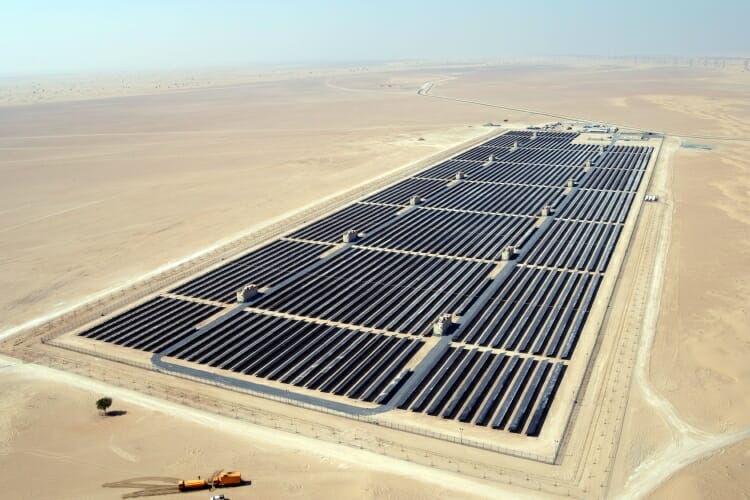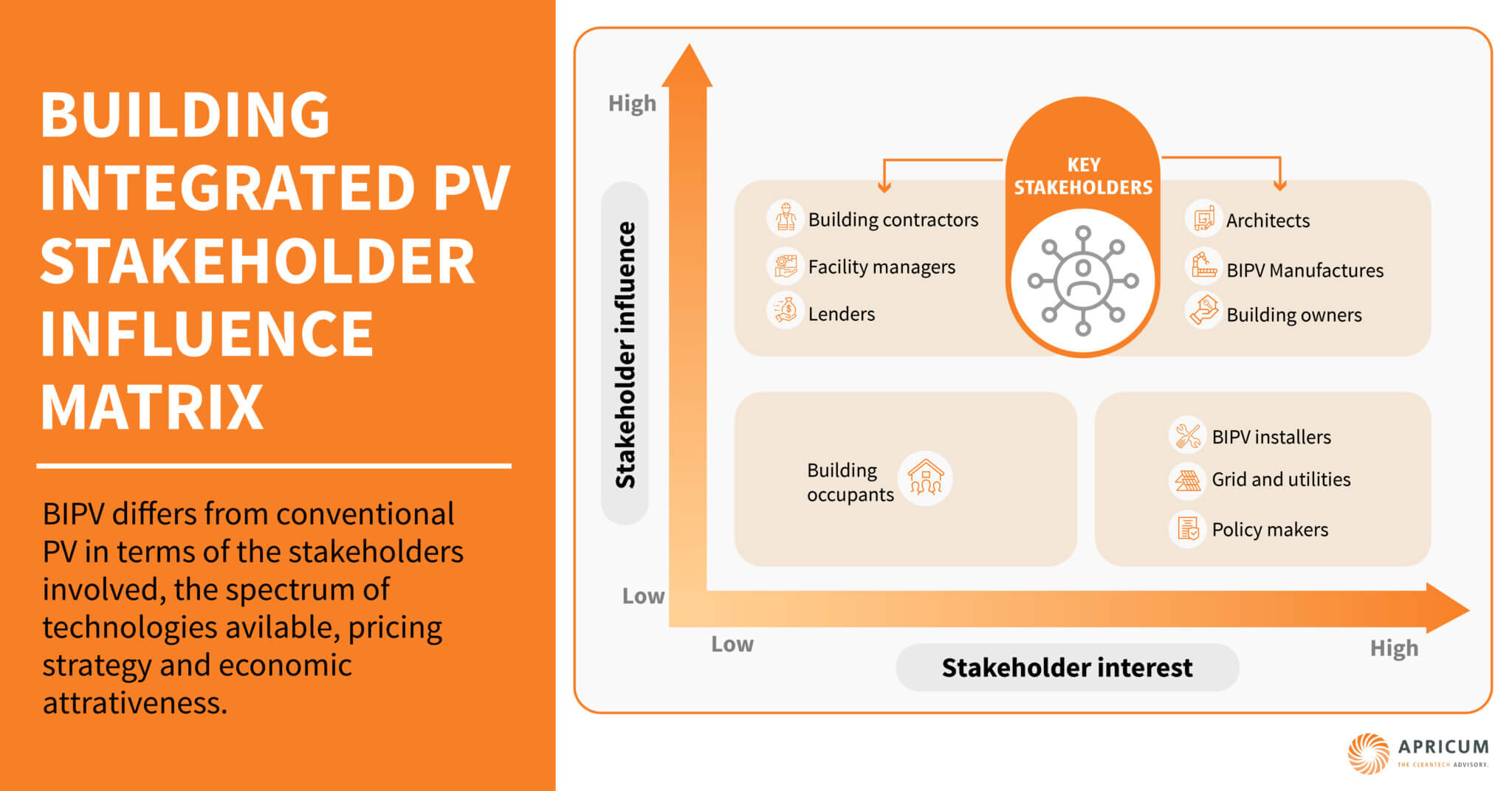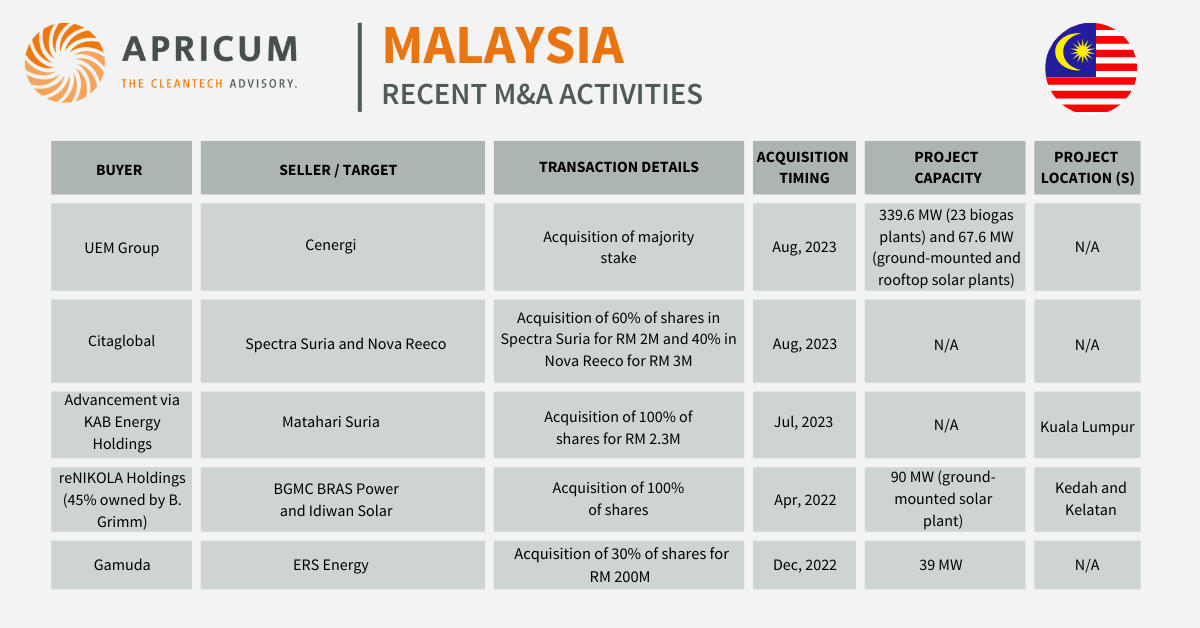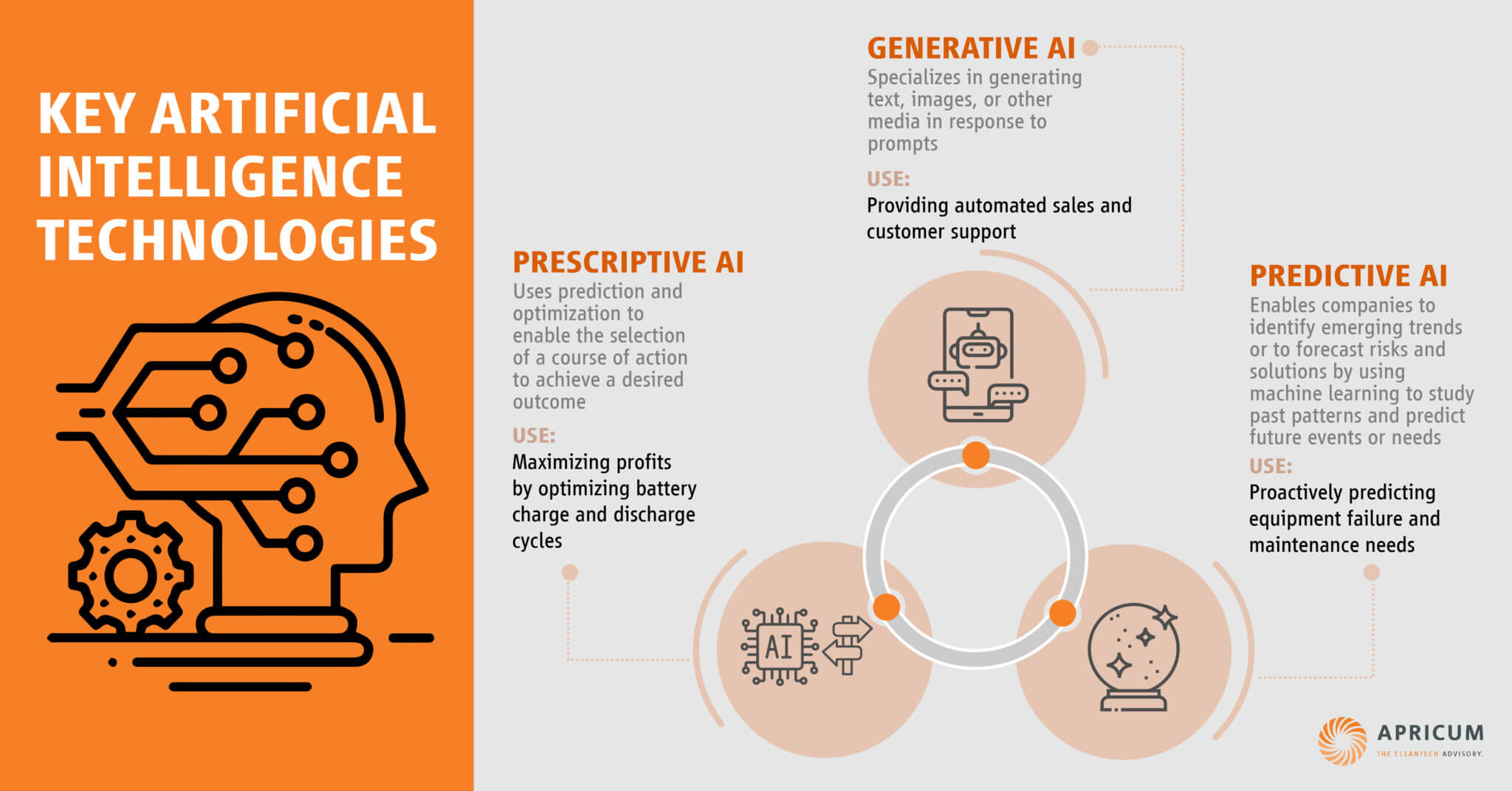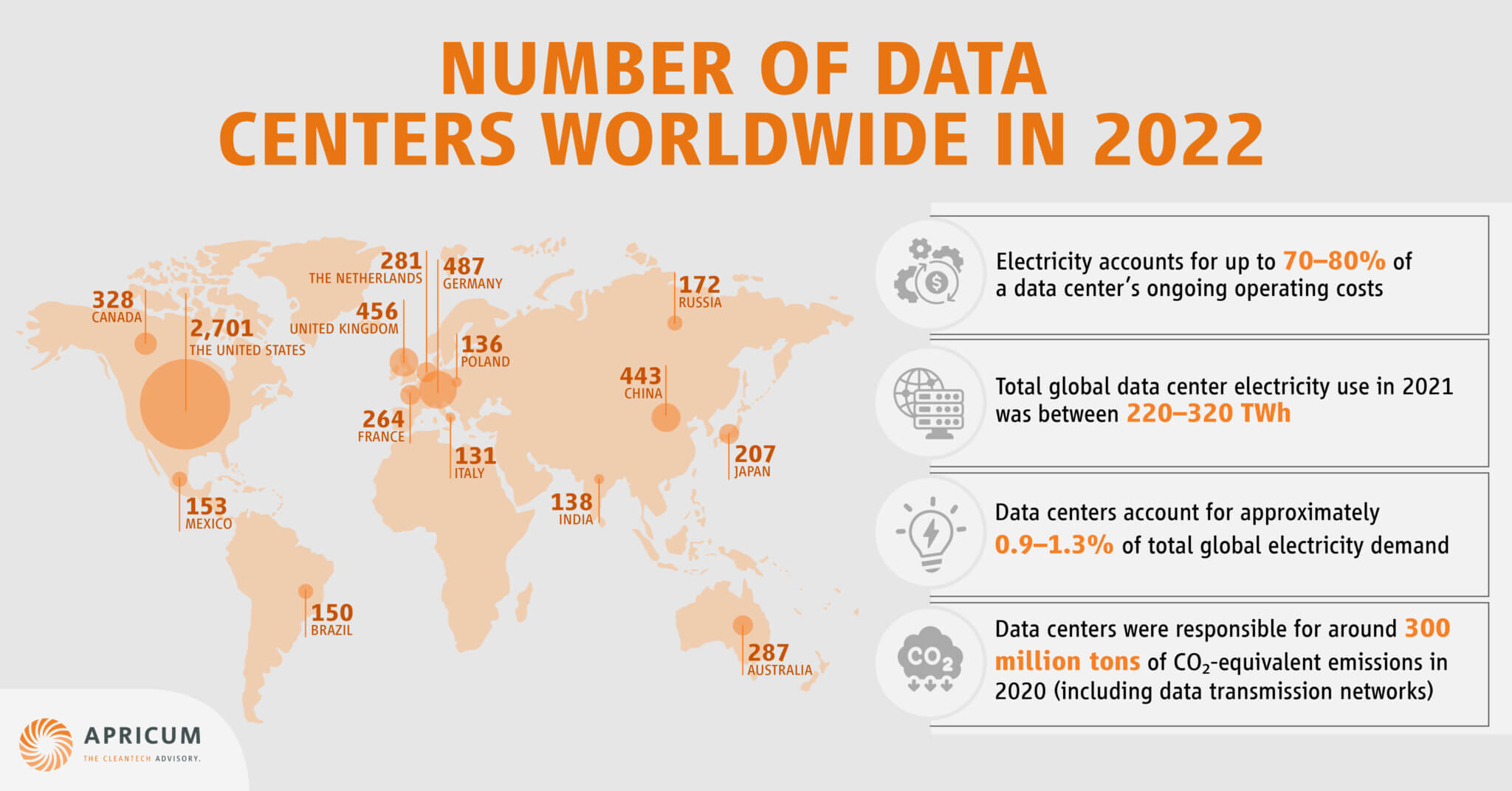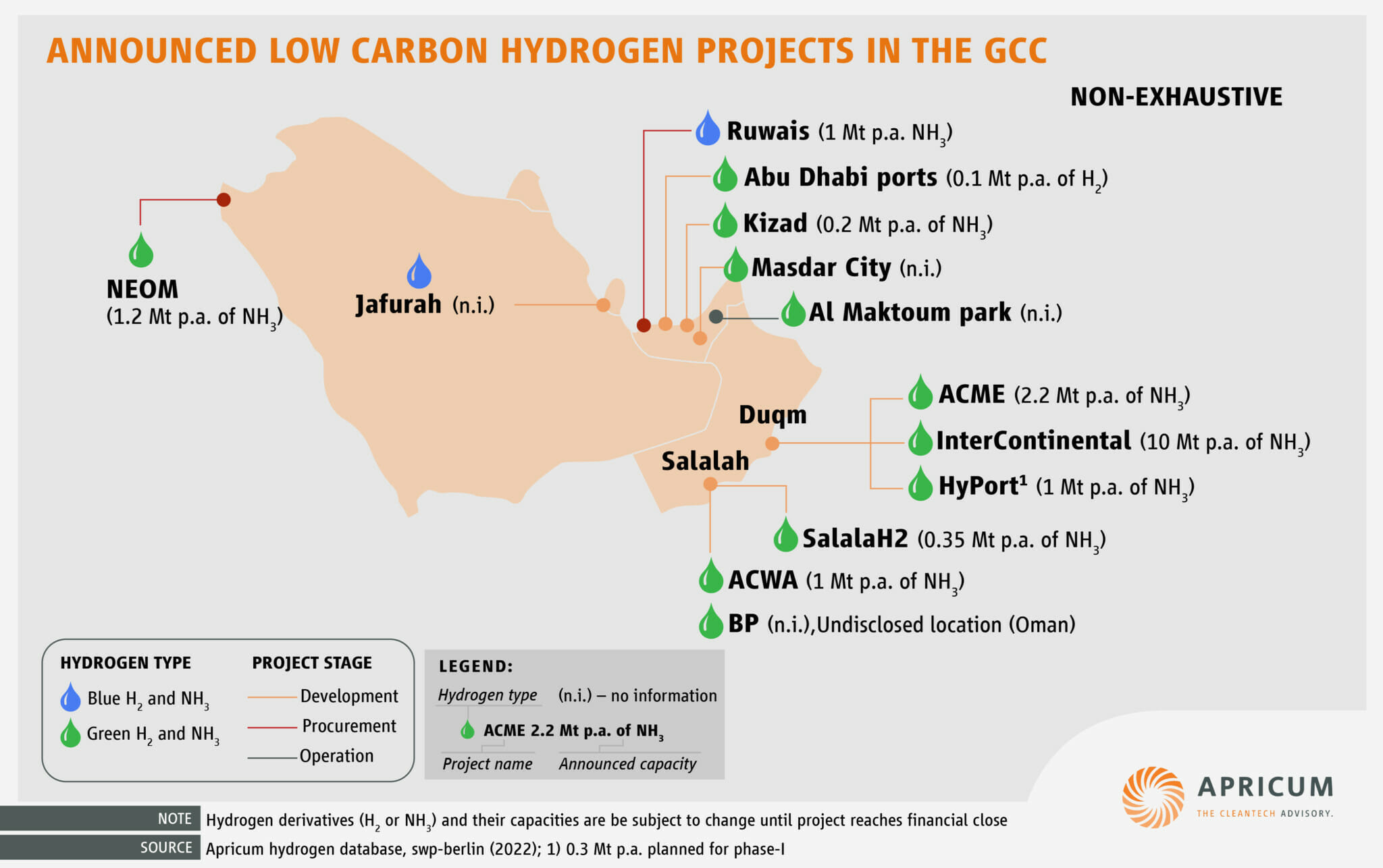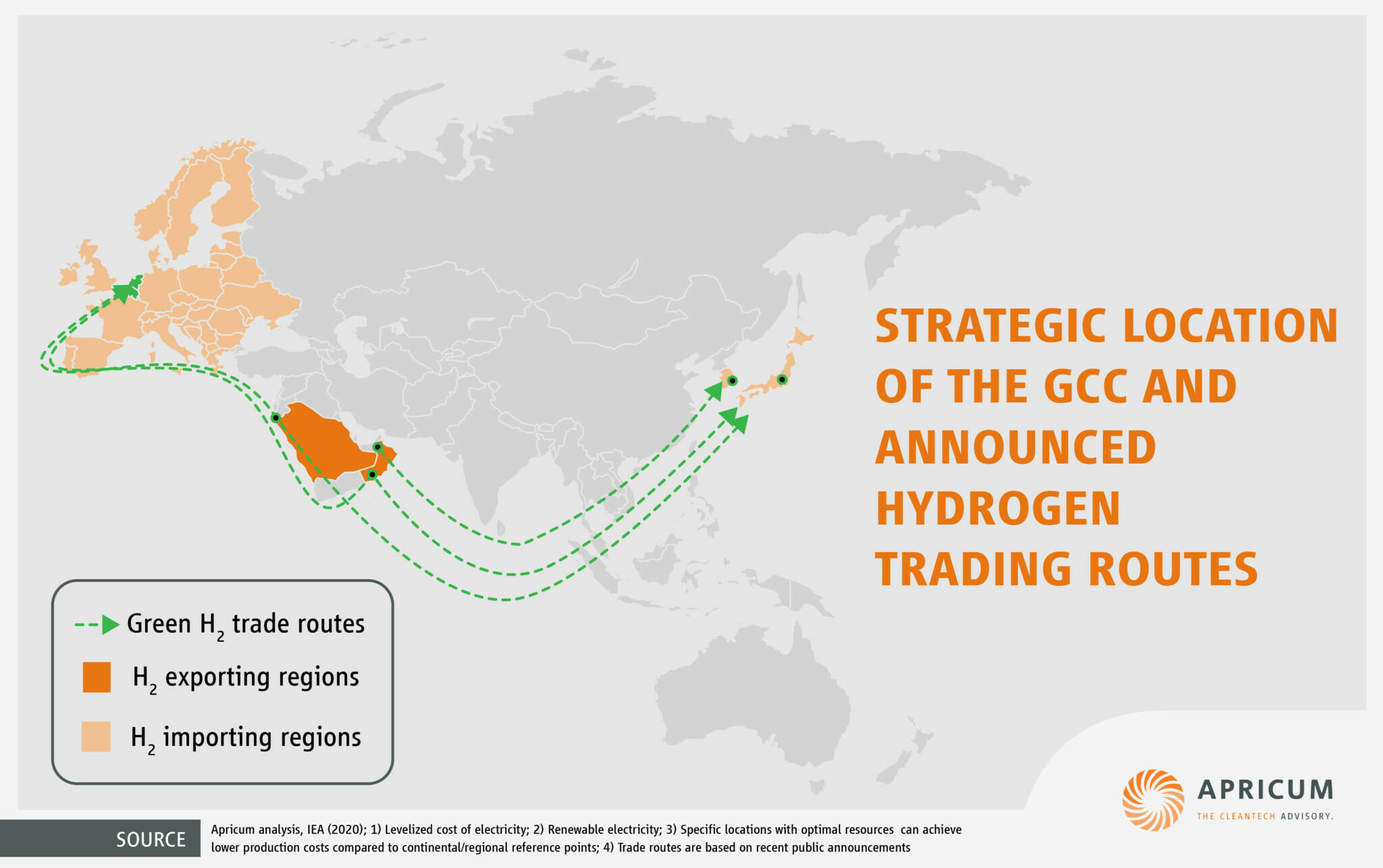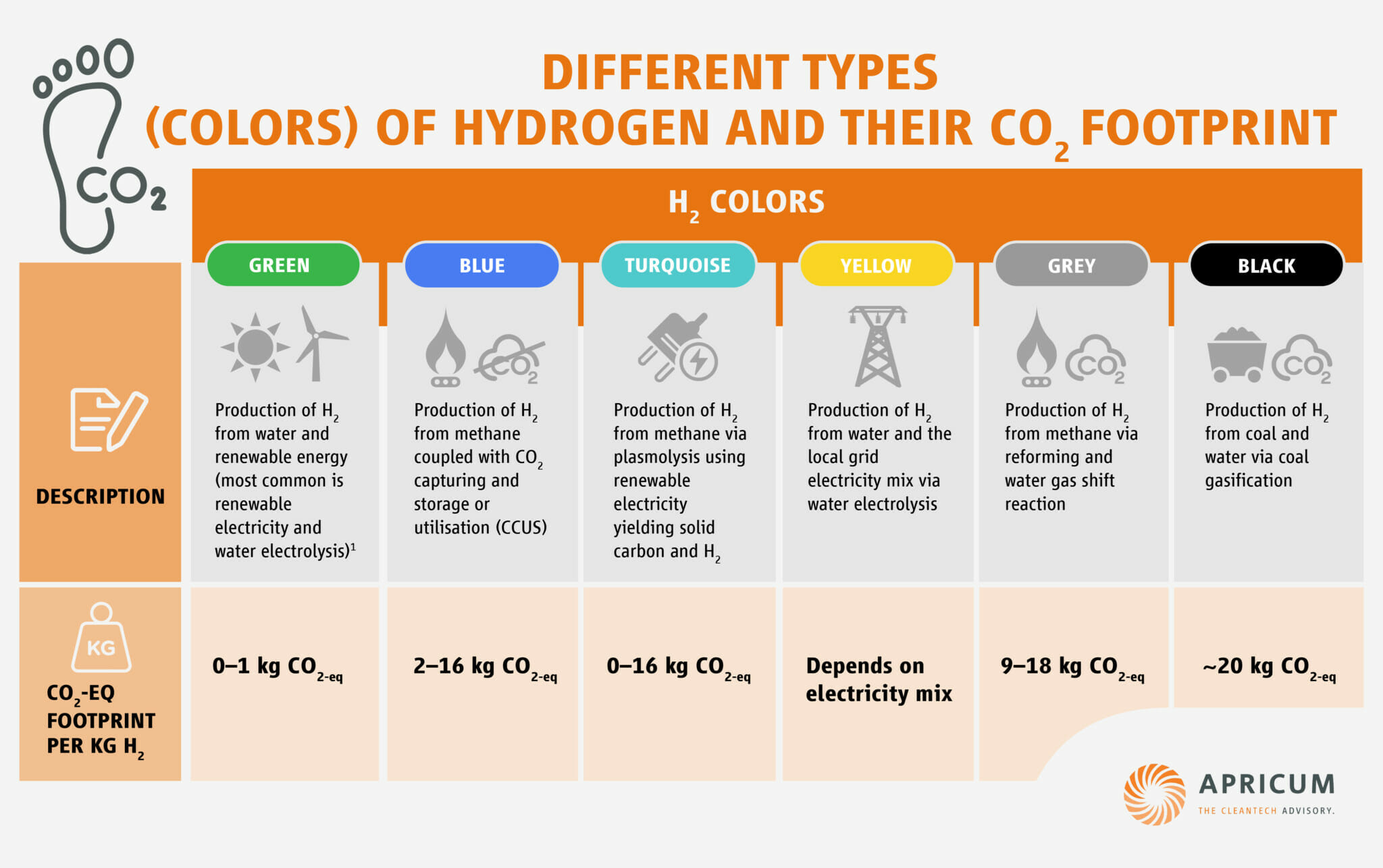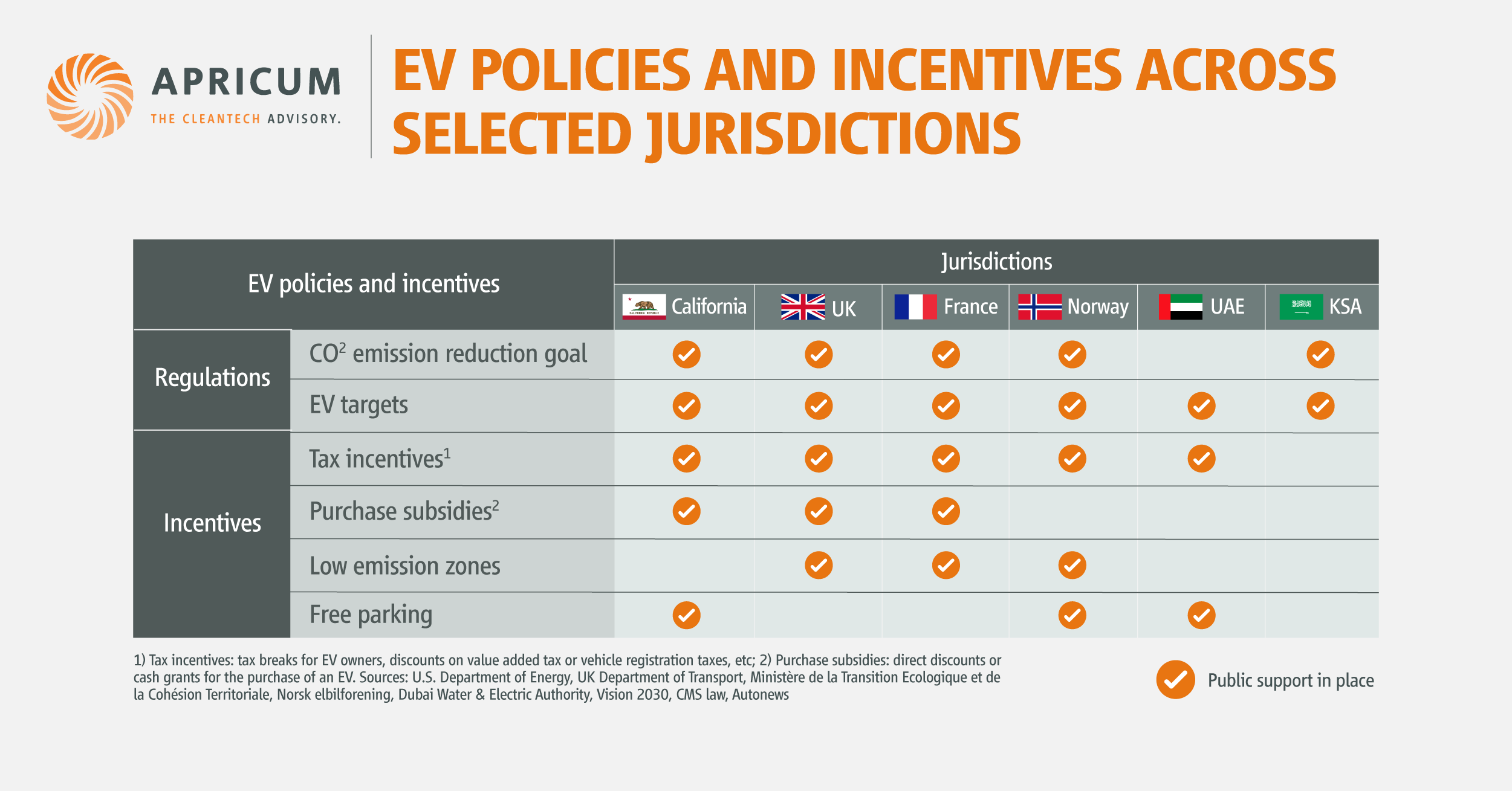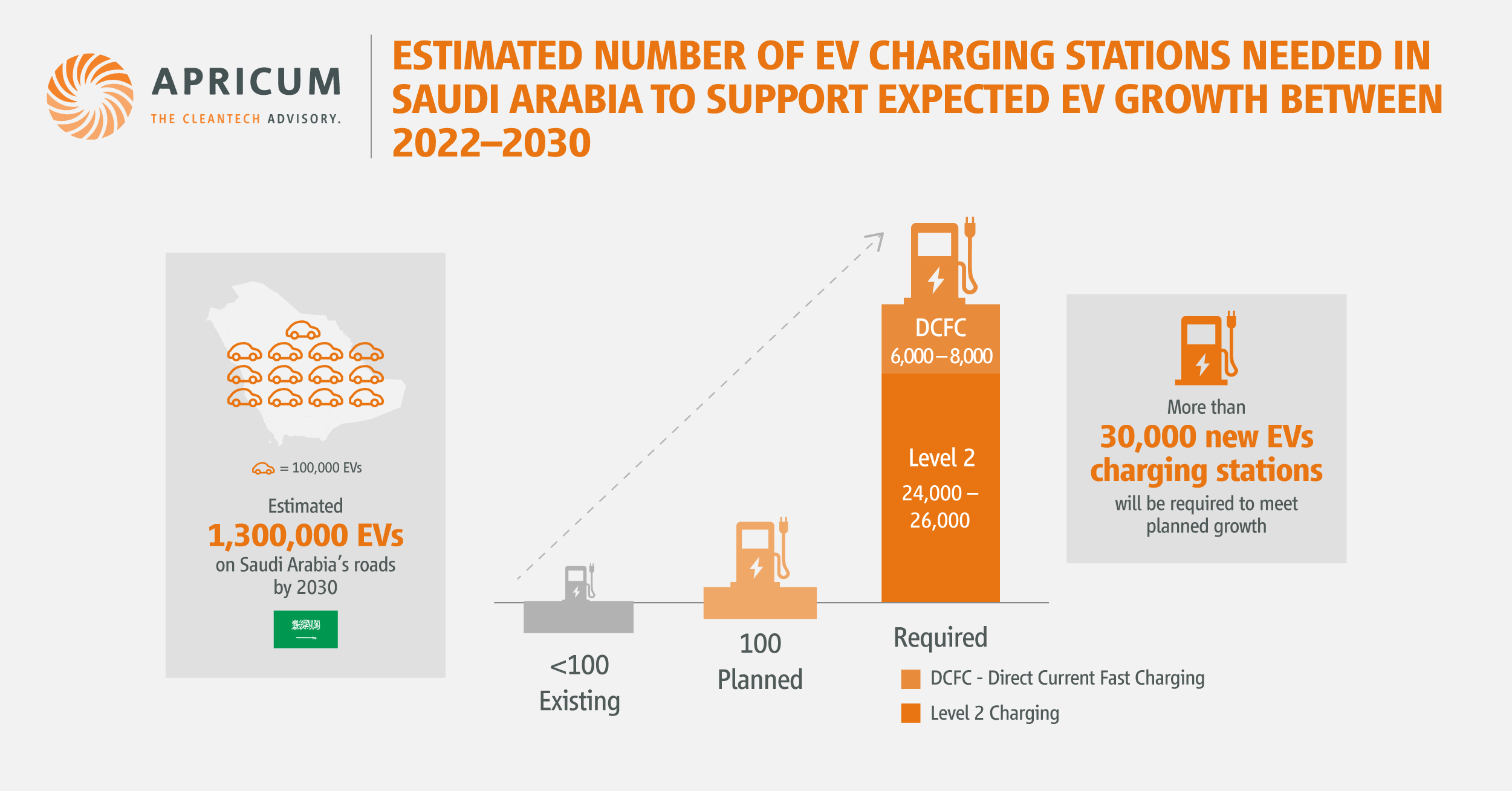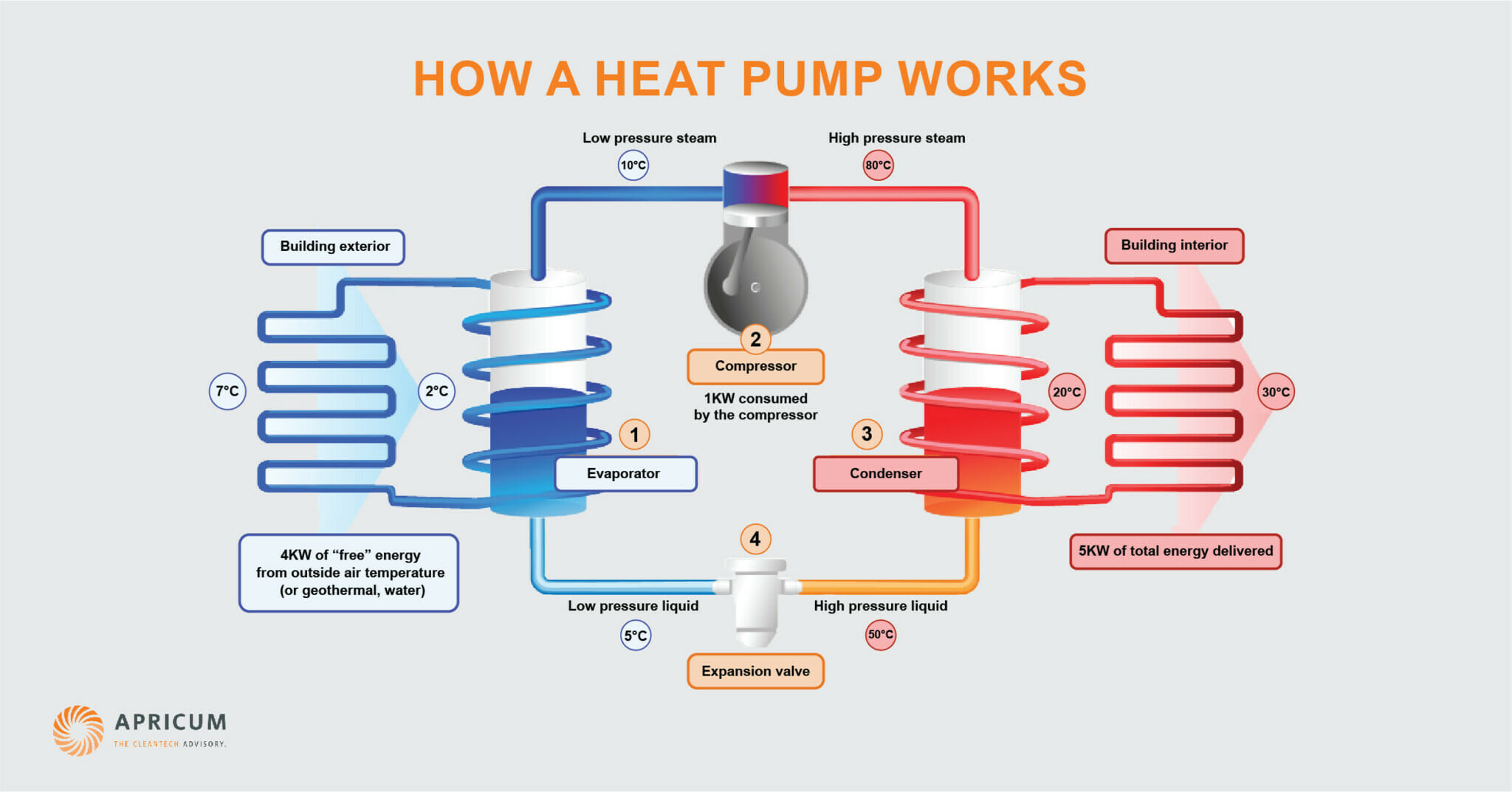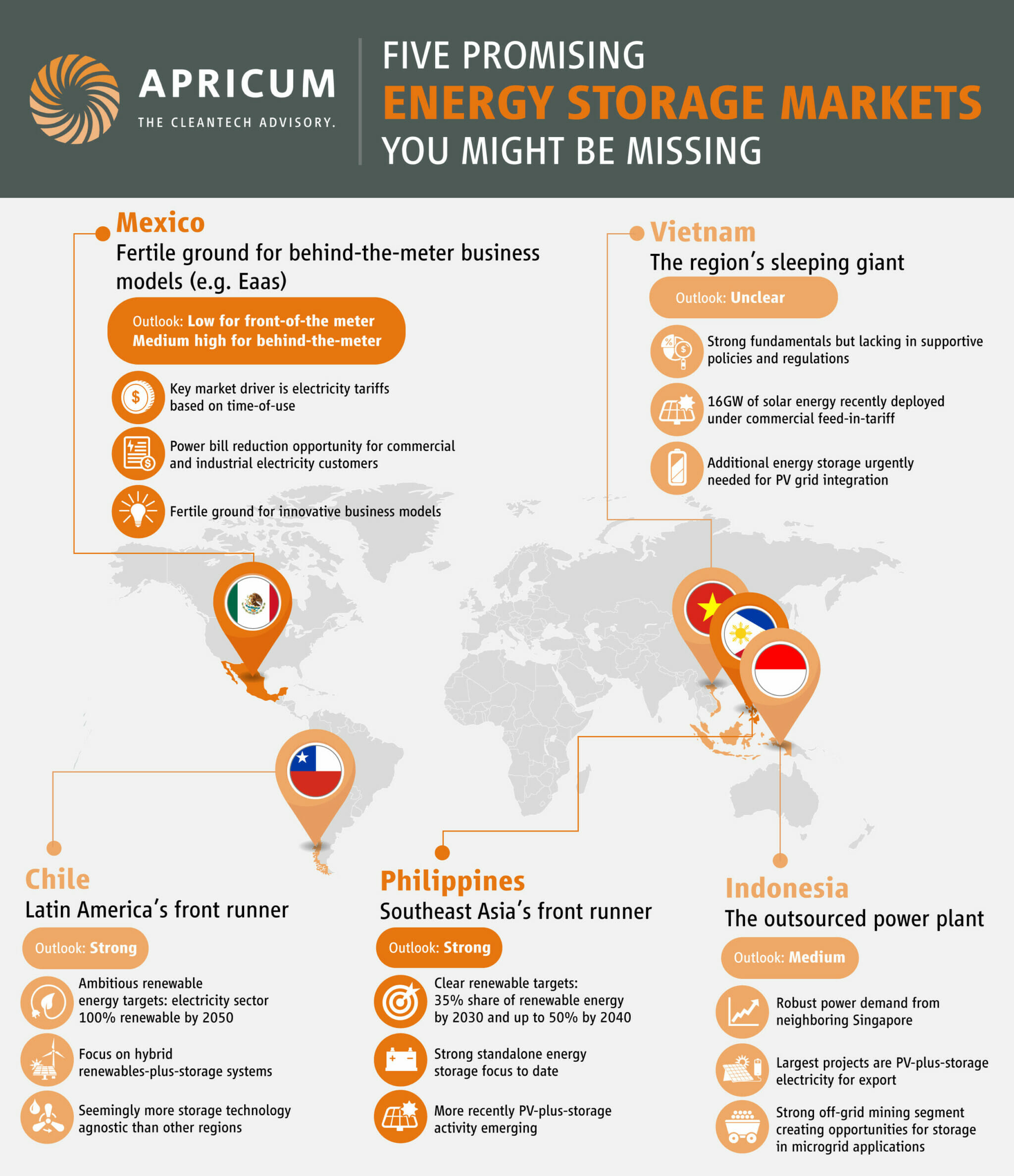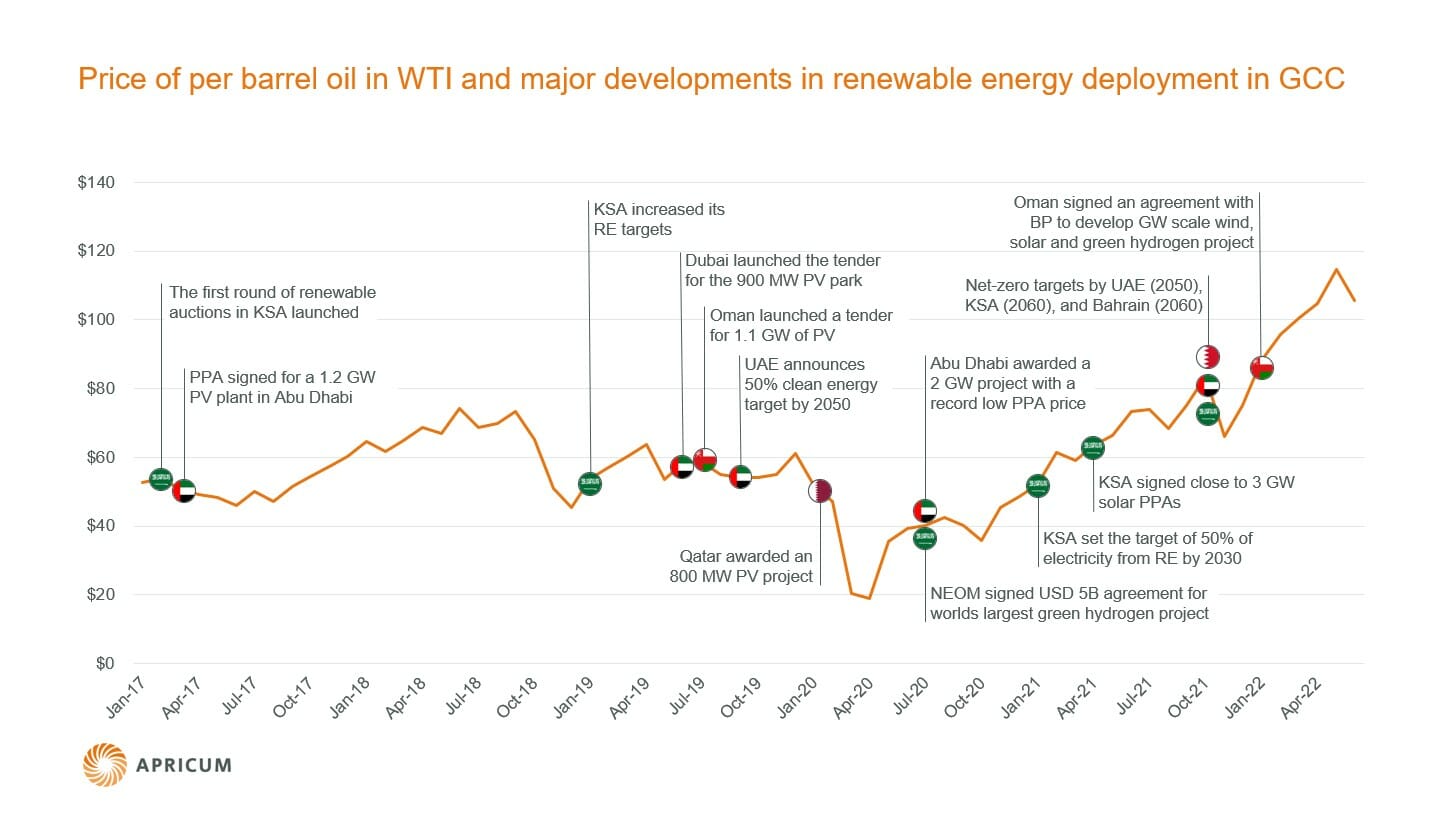The Emirate of Dubai set a new world record for the cost of solar power on May 1, 2016 with the Dubai Electricity and Water Authority (DEWA) receiving bids for the 800 MW Sheikh Maktoum Solar Park Phase III as low as 3.00 U.S. cents per kilowatt-hour (kWh). This not only marks the lowest cost ever for solar power, but also easily beats all available fossil-fuel options in Dubai on cost.
At the bid opening, DEWA read out the bids for a base variant of 200 MW (AC) only, but with further optional stages the project has the potential to become the largest solar power plant in the world at 800 MW. The project will be implemented on an independent power producer (IPP) basis, with bidders proposing a technical and financial solution to build, own and operate the plant for 25 years.
The lowest bid was submitted by a consortium of Abu Dhabi’s Masdar and Spanish developer FRV, which was acquired by Saudi Arabia’s Abdul Latif Jameel (ALJ) group in 2015. Second, according to industry insiders, came Chinese module maker and developer JinkoSolar at 3.69 cents/kWh, soundly beating Saudi Arabian Acwa Power in a consortium with the U.S. solar thin-film module pioneer and developer First Solar at 3.96 cents/kWh. Two French-led consortia submitted somewhat distant but close bids – Engie, the former GDF Suez, together with Japanese Marubeni at 4.44 cents/kWh and utility EDF with Qatar’s Nebras Power at 4.48 cents/kWh.
The results are remarkable in that they end the winning streak of Acwa Power, which won the two previous DEWA IPP tenders, the Sheikh Maktoum Solar Park Phase II and the recent Hassyan coal power plant tender. This time, Acwa was beaten by JinkoSolar, which is not only the global cost leader in silicon solar modules, but with this bid also demonstrates its capability to successfully develop extremely competitive projects. JinkoSolar apparently surpassed Acwa in the craft of meticulously optimizing all moving parts in a project. However, the lowest bid was submitted by the Masdar/FRV/ALJ consortium. FRV/ALJ, which came a close second to Acwa Power in the previous phase II tender, was clearly determined to win in phase III and seems to have found the winning formula in partnering with Masdar, also known as the Abu Dhabi Future Energy Company, a subsidiary of Abu Dhabi’s sovereign wealth fund Mubadala.
Three cents – a repeatable precedent?
The price bid by Masdar/FRV is 19% lower than the second-lowest bid submitted by JinkoSolar. It can be expected that both JinkoSolar and the third-lowest Acwa Power pushed their proposals very close to what can be considered commercially feasible today. One may speculate how Masdar and FRV seemingly manage to play in a universe of their own. Because the majority of the expenses for a solar power plant lie in the upfront cost of construction, which gets recovered over numerous years, the cost of financing is a key overall cost driver. One can suspect that Masdar had access to long-term financing through the wealthy emirate of Abu Dhabi that no commercial banks, the primary source of capital for the other bidders, could match in cost.
It should be noted, however, that what we are seeing now is only part of the picture. DEWA invited developers to submit bids for configurations made up of three sub-phases: a mandatory 200 MW to be commissioned in April 2018, and another two optional 300 MW tranches in 2019 and 2020, respectively. Results of the two requested variant bids for total project sizes of 500 or 800 MW were not made public at the bid opening. However, insiders suggest that Masdar/ALJ essentially provided a peek behind the façade of the 200 MW bid by submitting the same price of 3 cents/kWh for all three bid variants, speculating that DEWA would find the 800 MW variant most attractive anyway. At the same time, other bidders can be expected to have achieved lower tariffs through further economies of scale with the larger variants, which means that the gap between Masdar/FRV and the second-ranked bidder would potentially be much smaller when looking at the largest 800 MW variant.
Still, with this somewhat unique bid, 50% lower than Acwa Power’s winning bid in the previous phase II submitted just 18 months ago, the danger arises that Dubai’s tender raises global expectations of the cost of solar to a level that cannot be quite matched elsewhere, making the industry get somewhat ahead of itself.
World-record solar now beats fossil fuels on cost
Yet, even the second and third-lowest bid at 3.69 and 3.96 cents/kWh, which appear bold yet commercially viable, are unprecedented and mark another breakthrough milestone for the progress of renewable energy. All three lowest bids by themselves clearly set a new world record for the unsubsidized cost of solar electricity. A recent bid of 3.6 cents/kWh by Enel Green Power in Mexico did not include the value of additional green energy certificates. Solar tariffs in the USA now regularly dip below 4 cents/kWh, but these include a 30% tax incentive and other subsidies.
Besides setting world records for solar power, the results unequivocally demonstrate that large-scale solar power can now regularly beat fossil-fuel power plants on cost. Solar (when delivered in 2018–2020) has now become by far the lowest-cost option for generating electricity in the Gulf region, effortlessly beating even coal-fired power plants. As recently as October 2015, Dubai Electricity and Water Authority (DEWA) awarded the new Hassyan coal power station at a much higher tariff of 4.501 US cents/kWh. Gas-fired power plants in Dubai have an even higher generation cost.
Dubai sets the standards for renewable-energy deployment in the region
Dubai has now firmly established itself as the forerunner of solar energy in the Gulf region. As part of its program to reach energy diversification goals by 2030, Dubai launched the Mohammed bin Rashid Al Maktoum Solar Park in 2012. The park is located on 40 square kilometers of land south of Dubai city and is planned to eventually host 5 GW of solar projects. In 2013, a 13 MW PV power plant was commissioned as phase I of the project. In 2014, DEWA tendered a 100 MW PV power plant on an IPP basis as phase II, with stunning results at the time. Saudi Arabia’s Acwa Power bid a low tariff of 5.98 cents/kWh, already lower than DEWA’s cost of gas-fired power plants.
At the same time, Acwa Power proposed alternative variants of up to 1,000 MW. DEWA ultimately settled at 200 MW at a tariff of 5.85 cents/kWh. The successful results of the tender sparked an even greater appetite for solar power. In late 2015, Dubai announced an aggressive target of 25% share of solar power in the grid by 2030 and 75% by 2050. As the first step toward reaching these goals, DEWA launched the public tender for phase III of the Sheikh Maktoum Solar Park project, with the intent to award a 25-year power purchase agreement (PPA) to the lowest bidder.
Compared to phase II, the prequalification criteria were made even more stringent, with the goal of allowing only very strong and experienced players to participate in this tender of unprecedented size. DEWA required the consortia to present rigorous, fully detailed technical and financial proposals.
In a multi-stage process, 97 parties submitted an expression of interest (EOI) to participate in the tender. Around 40 parties were invited to submit a request to prequalify, of which 24 international consortia responded. Finally, 14 consortia were prequalified and invited to submit bids on May 1, 2016. As a testament to the stringent requirements (and also high costs) of submitting a bid, eventually only five consortia handed in proposals on May 1. It is expected that DEWA will negotiate with the frontrunners among bidders over the coming weeks and then settle on a sub-phase configuration that maximizes value for DEWA, in all likelihood, the largest 800 MW variant.
Compared to phase II, when twice as many bids were submitted with a much larger spread between the lowest and the most expensive bid (2.5x vs. 1.5x), we are now seeing a much more mature solar downstream industry. Effectively, the “mega project” model similar in financial volume to conventional power plants has set the standard for the procurement of renewable energy in the region.
Leaving no stone unturned to optimize tariffs
One may ask – how could bidders submit such low tariffs? The substantially lower price level of all bidders, compared to the already low price point in phase II, was the result of intensive optimization across the entire gamut of project parameters. After phase II had given an indication of the level of competitiveness required to win, developers left no stone unturned to reduce project costs.
The strongest contributor to the lower tariff is a lower capital expense for the project, driven by lower component costs and more efficient system designs. Compared to the previous tender rounds, component costs have fallen further across all parts of a solar power plant, and engineering, procurement and construction (EPC) companies have further firmed up their cost estimates for the region. Still, a key challenge was the identification of a construction company that can provide EPC services for a project of this magnitude, with only a few suitable providers available globally.
A key technical contributor to the low tariffs was likely the widespread consideration of single-axis tracker technology, which leads to a gain of approximately 15% in energy production over fixed-tilt systems, at a lower relative increase in system cost.
Financing a project of this size, requiring around a billion dollars in funds for the largest variant, also represented formidable challenges. The project’s equity will be held jointly by the developer (40%) and DEWA (60%). The project will be financed in a highly leveraged non-recourse project finance structure, with the majority of the funds typically coming from commercial debt. For Sheikh Maktoum Phase II, financed in 2014, regional banks including Emirati and Saudi institutions demonstrated a great appetite to provide debt at aggressive terms, crowding out all other international financial institutions. However, with the severe drop in oil prices, the regional credit environment has taken a turn for the worse and the market has essentially dried up, with most regional banks pulling out of new project finance deals. This sent developers searching for debt from international banks, including French and Chinese institutions.
Although not unexpected by industry insiders, the results of this tender will send further shock waves through the global power markets. Fossil power plants are not only coming under pressure through a renewed drive to reduce global carbon emissions marked by the Paris climate accord, but also by the sheer economic competitiveness of solar (and wind, for that matter) power. Just a few years ago, nobody would have imagined that solar power would be able to beat all fossil fuel sources including coal already in 2016.
Boosting the deployment of solar energy in the region and beyond
This result will further increase the development of solar power globally, particularly in sun-rich countries with growing energy needs. Dubai and neighboring emirates and Gulf countries will build on the now proven approach to procure solar power plants on a similar scale to conventional power plants. As a case in point, Abu Dhabi’s utility company ADWEA has just released a tender for a 350 MW solar power plant.
As already noted in Apricum’s commentary on the results of Sheikh Maktoum Solar Park Phase II, neighboring Saudi Arabia should finally also take note of the compelling nature of solar power. Maybe this is indeed what is happening, with last week’s announcement of a 9.5 GW renewable-energy target for Saudi Arabia being a first indicator.
For any questions or comments, please contact Dr. Moritz Borgmann.
Edited to add on 2016-05-03: The final tariff for the Hassyan coal power plant in Dubai, awarded in October 2015 to Acwa Power, was 4.501 U.S. cents/kWh, not 5.177 U.S. cents/kWh.
Edited to add on 2016-05-05: PPAs in the U.S. are now regularly closed at tariffs below 4 U.S. cents/kWh, not 3 U.S. cents/kWh.

